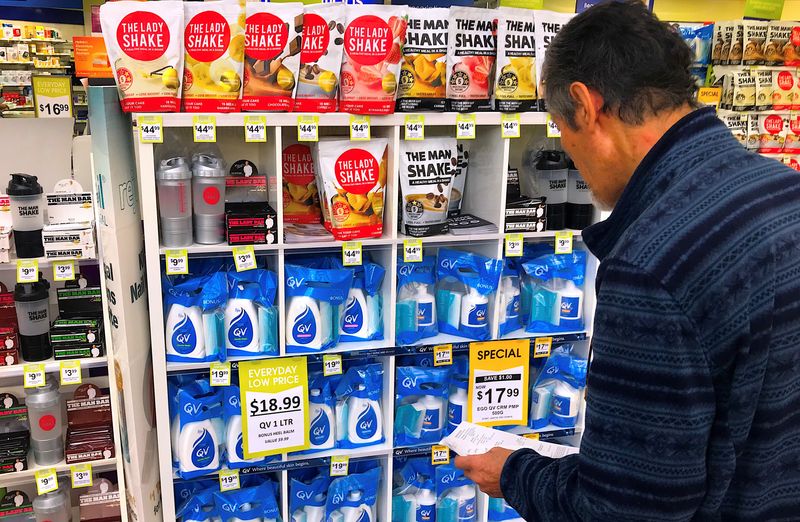
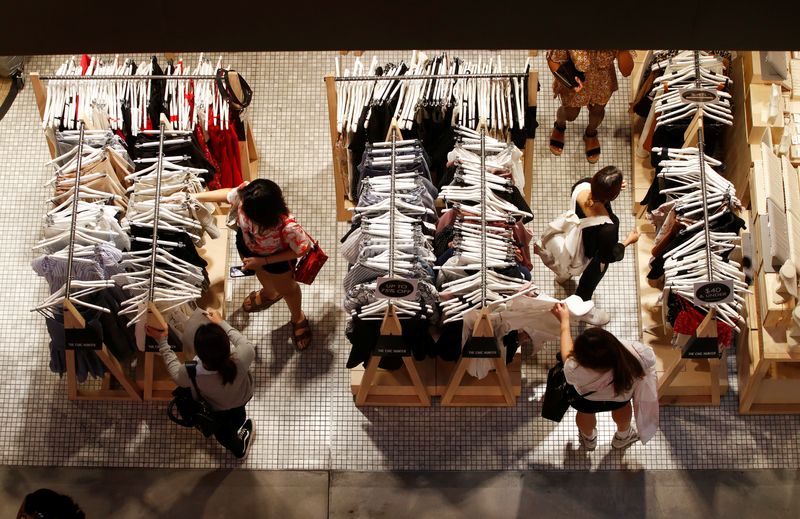
By Stella Qiu and Wayne Cole
SYDNEY (Reuters) -Australian consumer prices jumped by far more than forecast in July as electricity costs spiked due to the timing of government rebates, while core inflation also jumped in a blow to hopes of a rate cut as soon as next month.
Investors pared the chance for an easing from the Reserve Bank of Australia next month to just 22% from about 30% before the data, although they are still confident of a move in November.
Data from the Australian Bureau of Statistics on Wednesday showed its monthly consumer price index (CPI) rose 2.8% in July compared to a year earlier, up from 1.9% in June and well above median forecasts of 2.3%.
The Australian dollar got a brief lift from the data but was last flat at $0.6494, while three-year government bond futures clawed back earlier losses to be down just 2 ticks at 96.57.
"We don’t anticipate today's surprise increase in inflation will have a material impact on markets and the broader economy," said Russel Chesler, head of investments and capital markets at VanEck.
"This inflation spike, combined with the recency of the last rate cut and continued strength of the labour market, reinforce our expectation that another rate cut is unlikely before November."
The trimmed mean measure of core inflation ran at an annual 2.7% in July, up from 2.1% in June. A measure excluding volatile items and holiday travel climbed to 3.2%, from 2.5%.
In the month, CPI rose 0.9% from June as electricity prices jumped 13% and holiday travel and accommodation rose 5% thanks to robust demand over school holidays.
The bureau said the spike in electricity prices was in part due to the end of federal government electricity rebates for households in the state of New South Wales and Australian Capital Territory.
"This means that those households had higher out-of-pocket costs for electricity in July. In addition to this, prices rose due to annual electricity price reviews coming into effect," said Michelle Marquardt, head of prices statistics.
New rebates will be reflected in August data, she said.
That suggests the spike in electricity will partially unwind in August and seasonal travel pressures typically fade once school holidays end, said Sunny Kim Nguyen, head of Australian economics at Moody’s Analytics.
"Even so, the core measure, which strips out the noisy stuff, reminds us that service prices haven't fully cooled and that inflation is still hovering a little above the comfort zone."
The RBA cut interest rates this month for the third time and opened the door to more policy easing as inflation cooled. The board said the pace of easing over the next year could be gradual or quicker depending on the flow of economic data.
The RBA forecast headline inflation - which ran at 2.1% last quarter - to pick up to 3.1% by mid-next year as electricity rebates fade, but core inflation is expected to stay anchored around 2.6% over the coming years.
Much focus is now on the labour market, which has eased from full employment levels albeit at a gradual pace.
The inflation update for the first month of the quarter only covers a portion of the full CPI basket and is concentrated on goods rather than services. The statistics bureau will have the full monthly inflation data from November onwards.
Wednesday's report showed rents rose 3.9% in the 12 months to July, the lowest annual growth since late 2022, while clothing and footwear rose a chunky 1.7% in the month.
"Our base remains that the RBA will continue to deliver three more rate cuts but the risks are tilted towards less easing," said Marcel Thieliant, head of Asia-Pacific at Capital Economics.
(Reporting by Stella Qiu and Wayne Cole; Editing by Muralikumar Anantharaman and Sam Holmes)

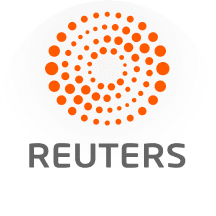 Reuters US Business
Reuters US Business
 America News
America News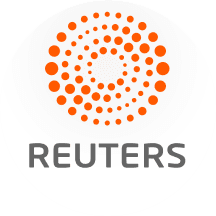 Reuters US Economy
Reuters US Economy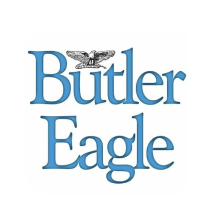 Butler Eagle
Butler Eagle WCAX 3 Burlinton
WCAX 3 Burlinton Associated Press US and World News Video
Associated Press US and World News Video NBC News
NBC News Detroit News
Detroit News Raw Story
Raw Story AlterNet
AlterNet